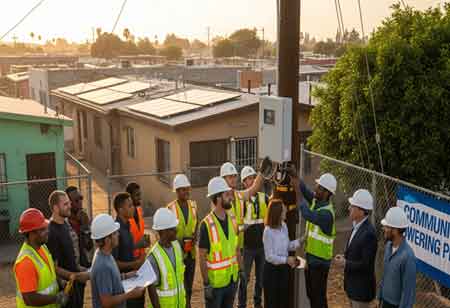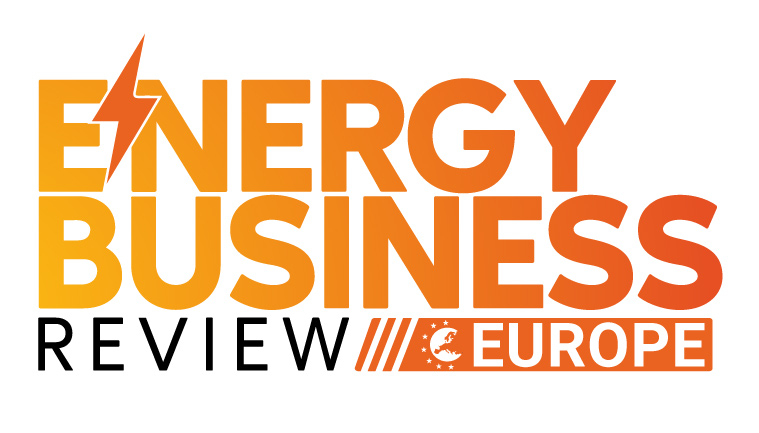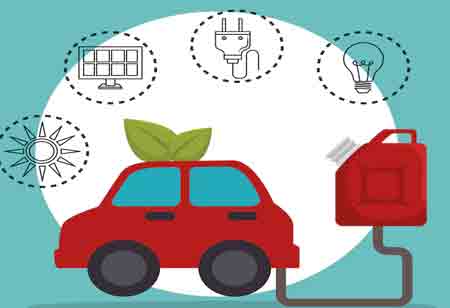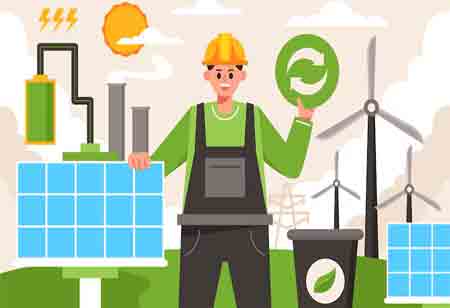Thank you for Subscribing to Energy Business Review Weekly Brief
Public-Private Partnerships in Platform Deployment: A New Model for Energy Equity
The global shift to decentralized renewable energy presents challenges and opportunities for equity, with Public-Private Partnerships offering solutions for inclusive access and sustainable systems.

By
Energy Business Review | Thursday, September 04, 2025
Stay ahead of the industry with exclusive feature stories on the top companies, expert insights and the latest news delivered straight to your inbox. Subscribe today.
Fremont, CA: The global shift toward decentralized and renewable energy is transforming the energy landscape, creating both challenges and opportunities for advancing energy equity. A key challenge is ensuring that the benefits of this transition—from improved grid resilience to lower energy costs—are accessible to all, not just those in well-resourced communities. A promising solution lies in a novel approach: Public-Private Partnerships (PPPs) for the deployment of energy platforms. This model, which combines the public sector's commitment to social good with the private sector's innovation and efficiency, offers a robust new framework for achieving energy equity.
The PPP Model for Platform Deployment
A successful PPP begins with a shared vision and clearly defined, measurable objectives that align with public interest and social equity priorities. These goals may include reducing energy poverty, enhancing grid resilience in underserved regions, or expanding access to renewable energy for low-income households. To achieve them, risks and resources are distributed strategically: the public sector can mitigate investor concerns by providing land, streamlining permitting, and ensuring stable policy frameworks, while the private sector contributes capital, technology, and operational expertise.
Financing is often structured through innovative, blended approaches that combine public grants or concessional loans with private investment. This model not only subsidizes initial deployment in high-need areas but also ensures long-term financial sustainability through private sector-led operation, maintenance, and expansion. Importantly, the platforms developed under PPPs are designed with equity at their core, incorporating features such as prepaid or flexible payment options, community-owned microgrids, transparent energy usage data, and integrated energy efficiency services that empower users to manage costs and consumption effectively.
Long-term governance and accountability are embedded within the model through joint oversight structures involving public, private, and community stakeholders. These mechanisms ensure transparent monitoring of progress toward energy equity goals and allow the partnership to adapt to evolving needs over time. Through this integrated approach, the PPP model not only mobilizes resources and expertise but also creates sustainable, inclusive energy systems that serve the public good.
Case Studies and Potential Applications
This model is particularly well-suited for advancing technologies that promote equitable access to clean energy and sustainable infrastructure. For instance, community-scale solar and battery storage platforms can be deployed through partnerships between municipalities and private developers, with a portion of the generated power or revenue dedicated to lowering energy costs for low-income households. Similarly, collaborations between public utilities and technology companies can accelerate the implementation of smart grid solutions, such as smart meters and demand-response systems, in underserved neighborhoods, empowering residents to manage consumption and benefit from energy-saving programs.
Public-private partnerships for platform deployment represent a paradigm shift in the approach to energy equity. By aligning the motivations of both the public and private sectors, this model can expedite the deployment of advanced energy technologies while ensuring equitable distribution of benefits. It serves as a potent new instrument in the fight against energy poverty and a crucial enabler of a more resilient, sustainable, and equitable energy future. As energy systems for tomorrow continue to be developed, this collaborative approach must become the new standard, ensuring that no community is left behind in the clean energy transition.






